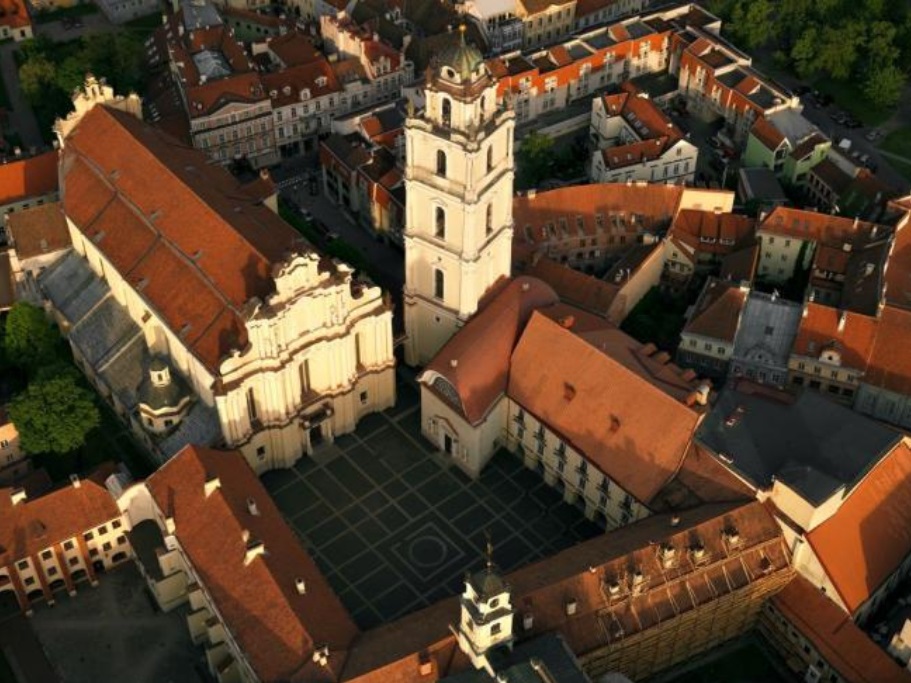The Baltic International Academy and Lithuanian University of Educational Sciences (LEU) earlier collaborate as a part of the ERASMUS programme. However, this academy was chosen due to an implemented and successfully.
The choice of the educational institution was determined by the fact that Lithuanian University of Educational Sciences has a successfully implemented information system for the management of the educational process, AIS (based on ORACLE).
The system was developed by Kaunas University and works in numerous educational institutions in Lithuania.
A bit of our story.
An impressive main building of Lithuanian University of Educational Sciences (LEU) is situated on the bank of Neris. Two-year pedagogical institute was created in Klaipeda in 1935. During complicated historical events it was relocated to the capital and renamed as Vilnius Pedagogical Institute. The university got its current name, Lithuanian University of
Educational Sciences, in 2011. At the moment it has more than 8000 students.
We met an ERSMUS coordinator, Gintare Paulauskaite. Thanks to her we met people who told us about managing student database based on grades and financial debts; about the information system for the management of the educational process AIS; about automatisation of educational process planning, control and cooperations of all planning process participants.
To develop Internet technologies for interactive communication with students – surveying students, keeping them informed about their progress, educational organization, fee payment.
During the meetings we achieved additional (unplanned) results, which are related to the topic of the student education quality and methods of keeping it on a high level.
In the end of the working day it was hard not use the opportunity and walk around Vilnius, Vilnius is one of the most beautiful cities in the world, which still has a lot of buildings in the style of Vilnius barocco.
The main attractions of Vilnius are its old town, hills, streets and buildings with numerous monuments. Its biggest and msot complicated architectural ensemble is the complex of Vilnius University. It is one of the few universities in Europe that still uses the building, built in the last quarter of the 16th century, still serves its original purpose.
Vilnius is the centre of Lithuanian spiritual, cultural, religious and political life.
The old town, surrounded by a beautiful landscape, harmoniously connects the past and present, achievements of science and culture. Presidential Palace is a great example.
The city is constantly being re-constructed and modern architectural complexes have appeared next to LEU.
Vilnius has a lot places to visit. Sometimes, it is enough to look up and be plesantly surpsied by an ERASMUS balloon.
A new museum has opened in Vilnius – Museum of Illusions. And even though the exposition is not big, it leaves a pleasant impression and is full of young enthusiastic people.
Our trip to Vilnius was not only useful but also very pleasant and interesting. Vilnius is a city that one wants to visit again and again.
Communication and experience sharing with helpful and friendly professionals left the strongest impression.
We are especially grateful to Gintare Paulauskaite, the coordinator of the ERASMUS program, who organized meetings, which helped to fulfil the purpose of the journey, as well as, arranged our accommodation at the university’s guest house.
Tyaglova Natalia, Mazurenko Birute
 Latviešu
Latviešu  English
English  Русский
Русский 








